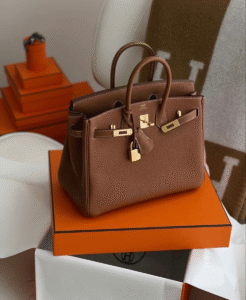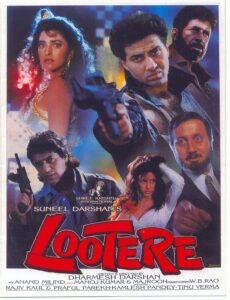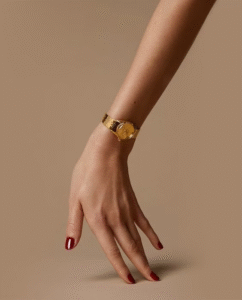Dior’s Trademark Dispute: Luxury vs. Adult Entertainment
What do a legendary French fashion house and an adult film star have in common?
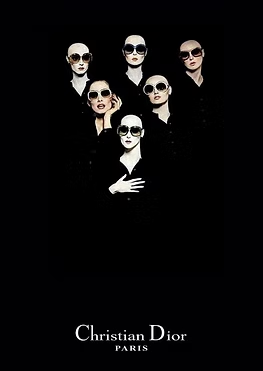
A name worth fighting over. Dior, the epitome of haute couture, recently found itself embroiled in a trademark dispute with Gigi Dior, an adult film star who applied to legally secure the rights to her stage name (pseudonym)—until the fashion giant stepped in.
Unsurprisingly, “fancy French fashion house Christian Dior Couture has filed a legal claim asking to overturn the trade mark, saying she is damaging its business”. The forty-year-old adult firm star applied for the registration of her stage name on October 29, 2021, vide application no. 97099328 in class 41 concerning “ Entertainment services, namely, personal appearances by a porn star; Entertainment services, namely, providing a website featuring non-downloadable adult-themed photographs and videos” and the same was accordingly approved by the USPTO.
The concern of the French luxury fashion house pertained to the dilution of its brand name and the tarnishment of its reputation by the use of the adult film star’s “stage name”.
Not the First Rodeo: Celebrities vs. Luxury Labels
Not surprisingly enough, this is not the first instance wherein a brand and an artist have had disputes over the use of certain stage names, nom de plumes or business names.
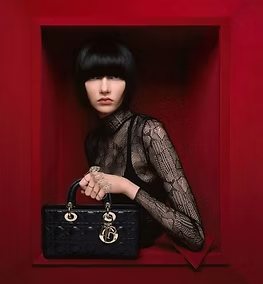
Some of the most notable instances include Australian Designer Katie Perry taking action against pop star singer Katy Perry over their resembling names. The conflict arose when the singer planned a concert tour in Australia, accompanied by the sale of branded merchandise (including clothing material)- raising concerns over consumer confusion and brand dilution. Other instances include British heritage house Burberry pursuing legal action against Chicago-based rapper Burberry Jesus, known for posting content featuring the brand’s iconic products and even wrapping his vehicles in the signature Burberry Print. Similarly, Tiffany & Co. successfully opposed a UK Trademark Application (No. UK00003305906) for the term “Cotswold Lashed by Tiffany” which sought registration for cosmetic and beauty-related services across multiple classes.
While some may view such legal actions as heavy-handed, luxury brands remain vigilant in protecting their intellectual property. The use of high-profile brand names – whether as inspiration or intentional homage- can create unintended associations in the minds of consumers, which could have a significant impact on brand perception, which may not always be desired. The chances of confusion are especially high if the user seeks a trade mark application for related goods and services, or in Gigi Dior’s situation, services that Dior does not want to be associated with.
The Fashion House’s Fight for Exclusivity
Stephanie Hodge applied for the registration of her stage name “Gigi Dior” in October 2021, which led to opposition by French Fashion House Dior, which argued that the registration of the mark had the potential to create an association between the fashion brand and the adult film star when there is none.

Dior led with the sentiment that the registration of “Gigi Dior” was particularly problematic, because the fashion house has for many years advertised and marketed its DIOR products through celebrities and entertainers, including actors, in fact the brand also has a history of establishing relationships with celebrities and entertainers from formal brand ambassador engagements to other endorsements through social media.
The counsel for the brand specifically asserted that “providing] adult entertainment services by performing pornographic and adult-themed services under the name GIGI DIOR … is unacceptable to Dior because these services directly contradict the DIOR brand image of luxury and sophistication.” The counsel further provided that the use of the GIGI DIOR mark had the potential to degrade the fashion house’s brand reputation among its patrons and potential consumers and would also dilute the distinctiveness of the brand mark “DIOR”.
The Legal Verdict: Did Gigi Dior Stand a Chance?
To assess Dior’s right to oppose the registration, the TTAB (Trademark Trial and Appeal Board) relied on Section 13 of the Lanham Act (15 U.S.C. § 1063) and Section 43(c) of the Trade Marks Act (15 U.S.C. § 1125(c)). These provisions require Dior to establish a legitimate interest in the proceedings and a reasonable belief of harm. Additionally, they grant Dior the right to prevent the registration of the contested mark, GIGI DIOR, on the grounds of dilution—whether by blurring or tarnishment—of its famous trademark, regardless of actual or potential consumer confusion, competition, or economic harm.
Dior’s Global Influence: A Name Worth Millions
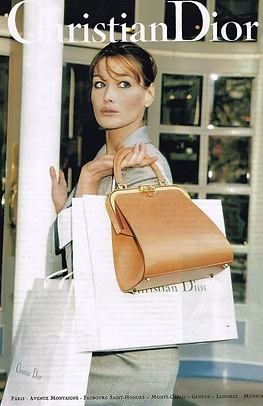
The TTAB also made an important observation concerning DIOR’s mark and its distinctiveness. It noted that the term DIOR “appears in the dictionary, and is defined as a “biographical name” and “Christian 1905-1957 French fashion designer.” It also noted that nowhere had the fashion house claimed “acquired distinctiveness” (Acquired distinctiveness develops over time through the mark’s use in connection with specific goods or services, establishing consumer recognition) but has instead asserted that the mark DIOR was “inherently distinctive” (inherent distinctiveness means the trademark is immediately capable of distinguishing the trader’s goods or services from others from the outset).
This observation is key because DIOR, as a brand, originates from the name of its founder, Christian Dior. It was long recognized as Christian Dior Couture, even after the brand dropped the “Christian” from its name.
In the European Union, following the trademark reform package of 2015, the “own name” defence has become more limited. Now, only natural persons can invoke this defence if they use their name or address in good faith and by honest practices (Article 14(1)(a) EU Trade Mark Regulation, Article 14(1)(a) EU Trade Mark Directive). This means companies and businesses can no longer rely on this defence.
This stance further weakens Hodge’s claim over DIOR, as the name was adopted as a stage name and is not her actual family name. It seems likely that DIOR was chosen for its memorability and its ability to make a lasting impression on the public, especially her audience.
Accordingly, TTAB concluded that the mark DIOR was so inherently distinctive that a mere mention of the term would be associated with the fashion house, even when the same is not encountered on goods and services apart from the French fashion house. This was further supported by the enumerable amount of evidence presented by DIOR, including but not limited to past registrations, international advertising campaigns, digital and print advertisements, social media, outdoor signage, and newspapers etc.
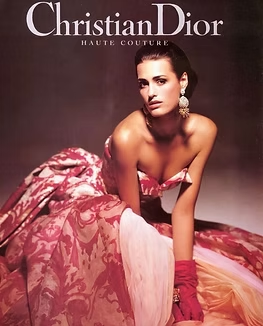
The fashion house also presented a report called “VIP DIOR,” which maintains and “specifies the dozens of dates each year when a specified celebrity wore DIOR goods to an event and examples of Opposer’s social media posts promoting the celebrity appearances in DIOR goods.”
To support its registration, Hodge relied on the fact that there are other federal registrations containing the term “DIOR” and submitted electronic search records of other marks containing the four letters “DIOR” This also included the records of different adult websites and webpages wherein many adult stars used DIOR as a pseudonym. However, the TTAB held the same to be inconsequential to instant proceedings due to the lack of evidence supporting its impact on general public perception.
In contrast, TTAB considered Hodge’s social media posts, wherein she used the DIOR poster as a background for her adult-themed stills and videos. Furthermore, as per the Applicant’s earlier declaration “because an adult film industry standard practice is that an outfit, which must typically be provided by the performer at the performer’s expense, can only be worn for one professional shoot and that outfit can never be worn again for another professional shoot”, the repetitive use of the DIOR brand marks in her content, was deemed to be an attempt on Hodge’s part to create an association with the french fashion house.
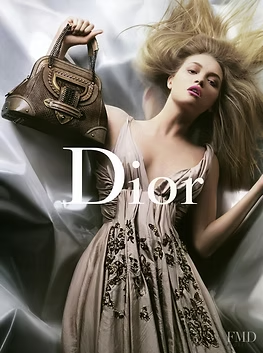
Furthermore, the TTAB also discovered that Hodge had been planning to expand her services to “fashion advice”. In response to the interrogatory regarding, Hodge’s use of the pseudonym “GIGI DIOR” on YouTube for videos labelled “‘Fashion on a Budget” as well as seven other videos admitting the announcement of her new project, on social media platforms like Facebook and Instagram, where she assembled fashion ideas on a budget and directed followers to her YouTube channel content featuring recreations of celebrity and designer fashion looks, including a Gucci outfit.
The TTAB concluded that while there was no actual association established between the two parties i.e. it was established that Dior had no contractual engagement with Hodge or any other adult performer, neither did it plan to expand its brand into personal appearances by adult film performers or to provide a website featuring non-downloadable adult-themed photographs and videos. However, the registration of the GIGI DIOR mark had the potential to impair the distinctiveness of the “DIOR” mark of the fashion house and thereby refused Hodge’s registration application.
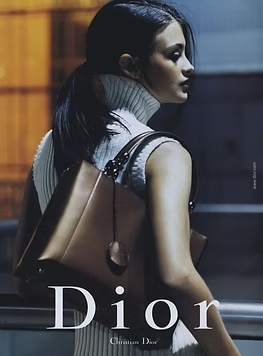
The TTAB’s ruling highlights the critical role that brand identity and consumer perception play in the luxury industry. While the adoption of luxury brand names as stage names by entertainers is not uncommon—often leveraged for their prestige and recognizability—such associations must be carefully scrutinized. In this case, while Dior had no contractual engagement with Hodge and did not intend to expand its brand into adult entertainment, the potential for consumer misperception was significant.
Luxury brands are built on exclusivity, heritage, and meticulously curated brand narratives. Any dilution of these elements—whether through unauthorized associations or misaligned endorsements—can erode consumer trust and diminish perceived prestige. Brand association, therefore, must be rigorously managed to prevent unintended affiliations that could compromise a brand’s positioning in the market. In this instance, the deliberate linkage between GIGI DIOR and the DIOR name posed a risk to the fashion house’s well-established reputation, potentially altering consumer perception and undermining the aspirational value it has cultivated over decades.
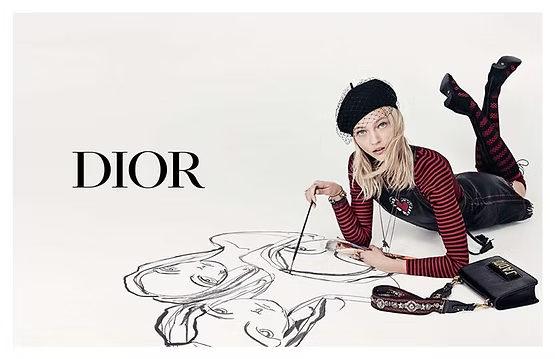
By opposing the registration, Dior acted to protect not only its intellectual property but also the intangible yet invaluable asset of brand equity. In an industry where desirability hinges on perception, maintaining brand exclusivity is paramount. This case serves as a reminder that for luxury brands, safeguarding their identity is not merely a legal necessity but a strategic imperative to preserve their market standing and consumer appeal.

